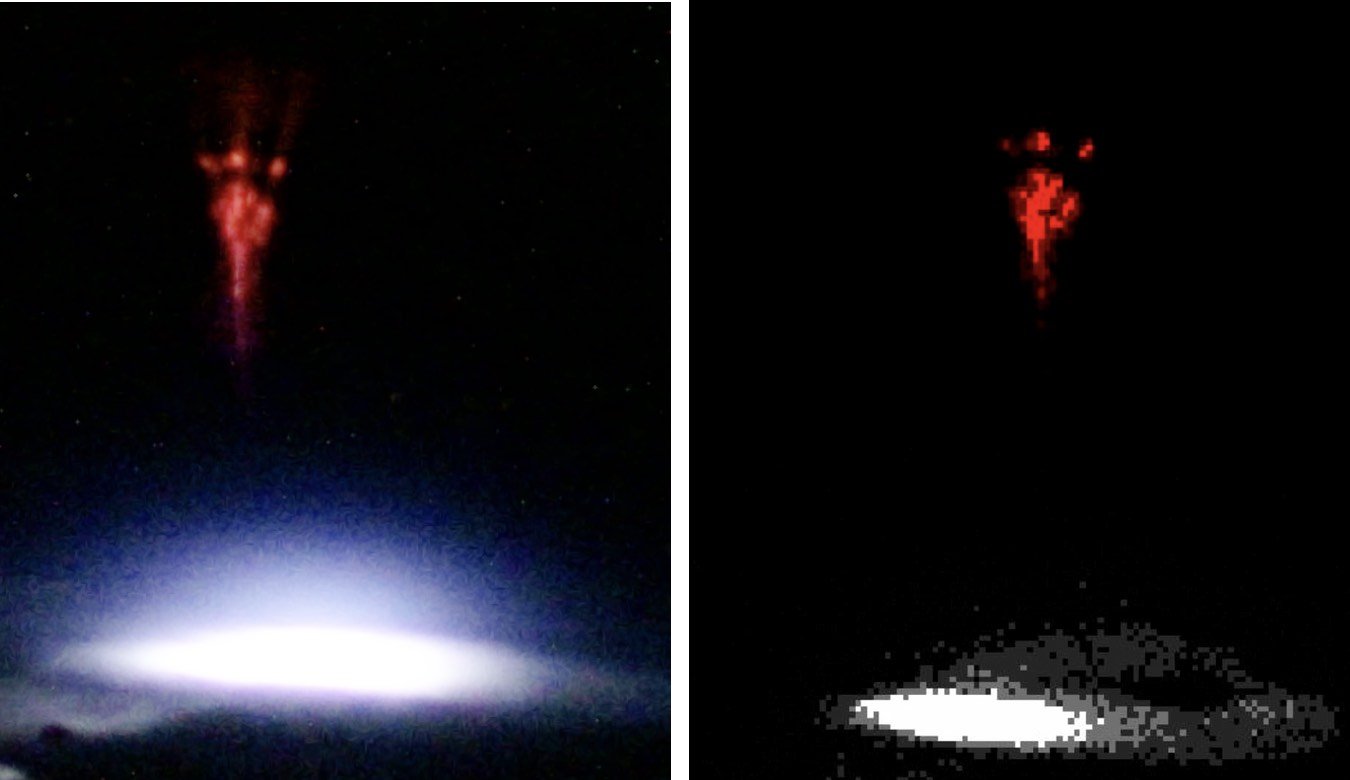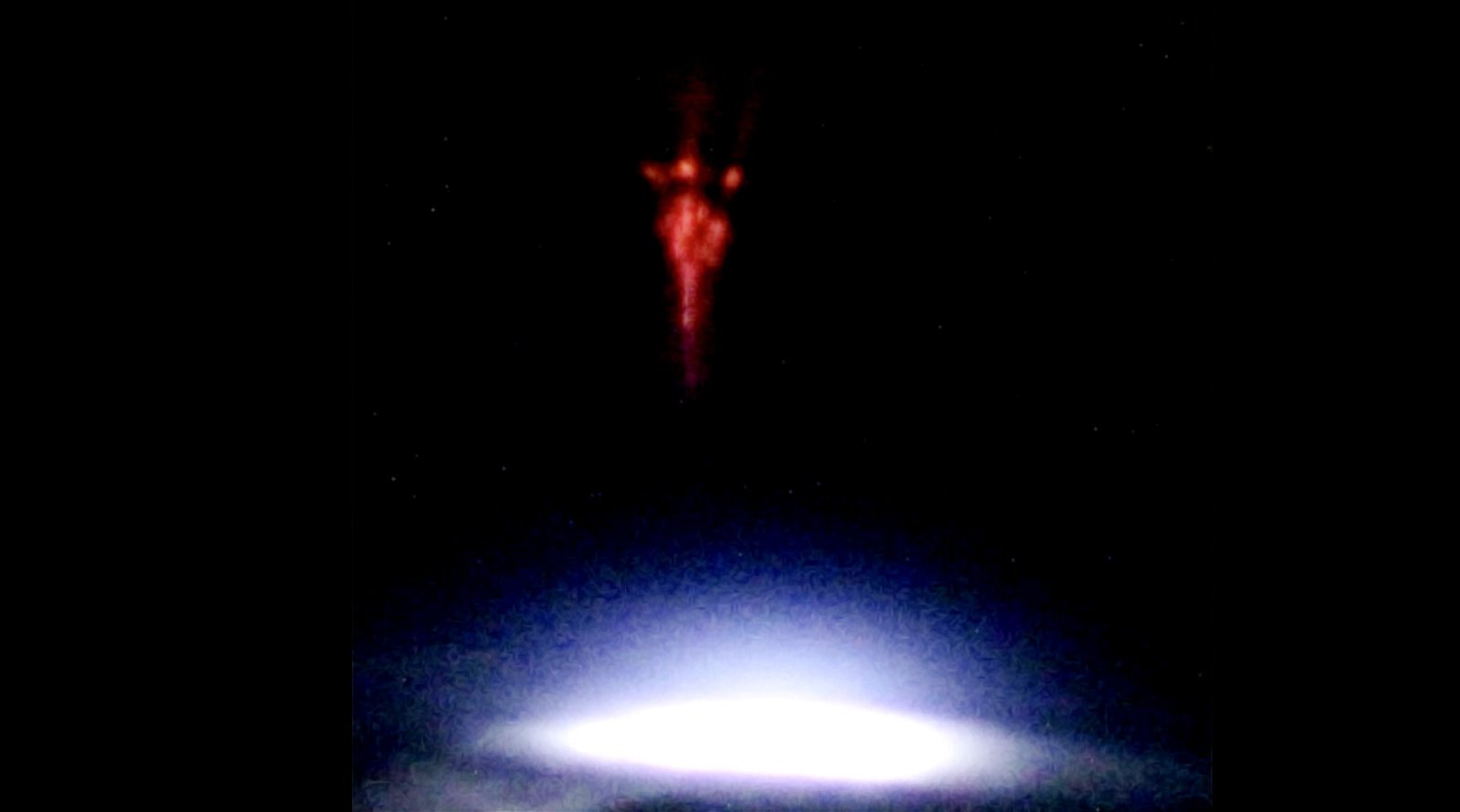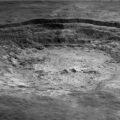A rare form of atmospheric phenomena known as a Transient Luminous Event (TLE) was successfully captured in imagery obtained during a recent experiment aboard the International Space Station (ISS).
The observations were made as a part of the Thor-Davis experiment, an effort designed to observe storm phenomena in the upper atmosphere and their relationship to the accumulation of greenhouse gasses.
The Thor-Davis experiment is a research project that studies storm dynamics from space. The experiment aims to understand how high-altitude lightning affects atmospheric chemistry, particularly greenhouse gas concentrations.
The experiment, an outgrowth of the Thor experiment first undertaken in 2015, began in August and will conclude in February 2024. During that time, it will capture data about thunderstorms observed from the ISS using a special neuromorphic camera, which is designed to function similarly to how the human eye perceives imagery by sensing variances in contrast rather than merely taking traditional photographs.
However, the Thor-Davis experiment also aims to study Transient Luminous Events (TLEs), mysterious phenomena that involve fleeting appearances of electrical discharge in the upper atmosphere, also known as upper atmospheric lightning or ionospheric lightning.
“The scientific questions that can be addressed with limb-viewing from the ISS concerns the vertical structure of TLEs,” reads a portion of a Thor-Davis experiment mission overview.
“We are in particular interested in jets and gigantic jets, which are lightning reaching upwards through the stratosphere and mesosphere. These have been poorly characterized to date because of poor viewing conditions from the ground and because they appear to be rarer than the sprites and the elves.”
“Astronaut observations from the ISS will allow us to regain some observations,” the mission overview states.
Now, the European Space Agency (ESA) reports that images of these rare upper-atmospheric phenomena were successfully captured by ESA astronaut Andreas Mogensen during his Huginn mission.


“Every Saturday Andreas grabbed the Space Station’s camera, mounted the Davis camera on top, and headed to the Cupola to look out for thunderstorms on Earth,” the ESA said in a recent press release.
The TLE in question, recognized as what atmospheric scientists call a red sprite, appeared between 40 and 80 kilometers above the Earth’s surface.
Red sprites and other TLEs are mostly seen from space with help from instruments like the Atmosphere-Space Interactions Monitor (ASIM) located outside the ISS, which monitors electric events at high altitudes.
The TLE Mogensen photographed using the Davis camera is believed to have been roughly 14 by 26 kilometers in size.
Olivier Chanrion, the lead scientist for the Thor-Davis experiment and DTU Space senior researcher, called the new images “fantastic.”
“The Davis camera works well,” Chanrion said in a statement, “and gives us the high temporal resolution necessary to capture the quick processes in the lightning.”
Micah Hanks is the Editor-in-Chief and Co-Founder of The Debrief. He can be reached by email at micah@thedebrief.org. Follow his work at micahhanks.com and on X: @MicahHanks.

